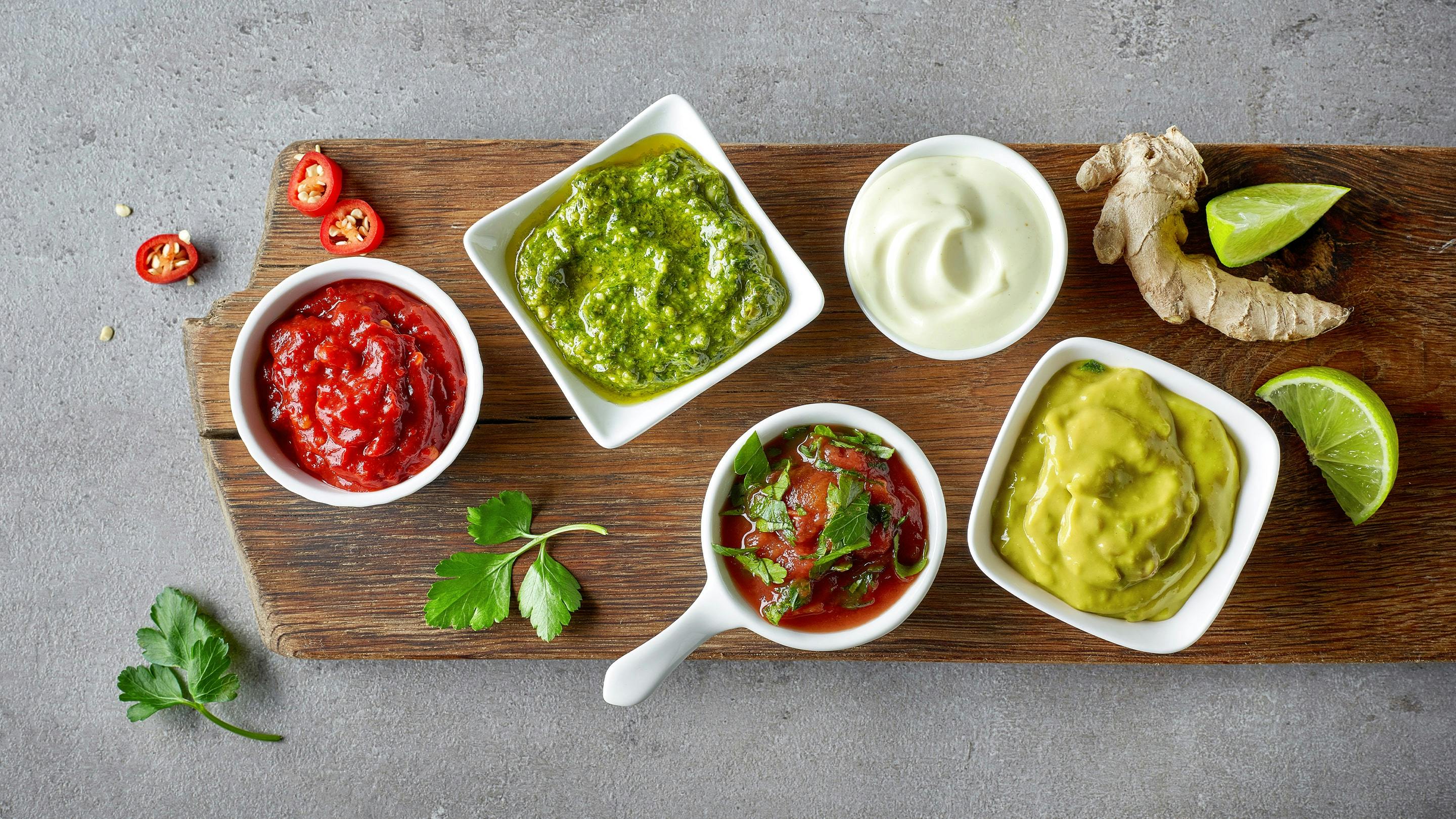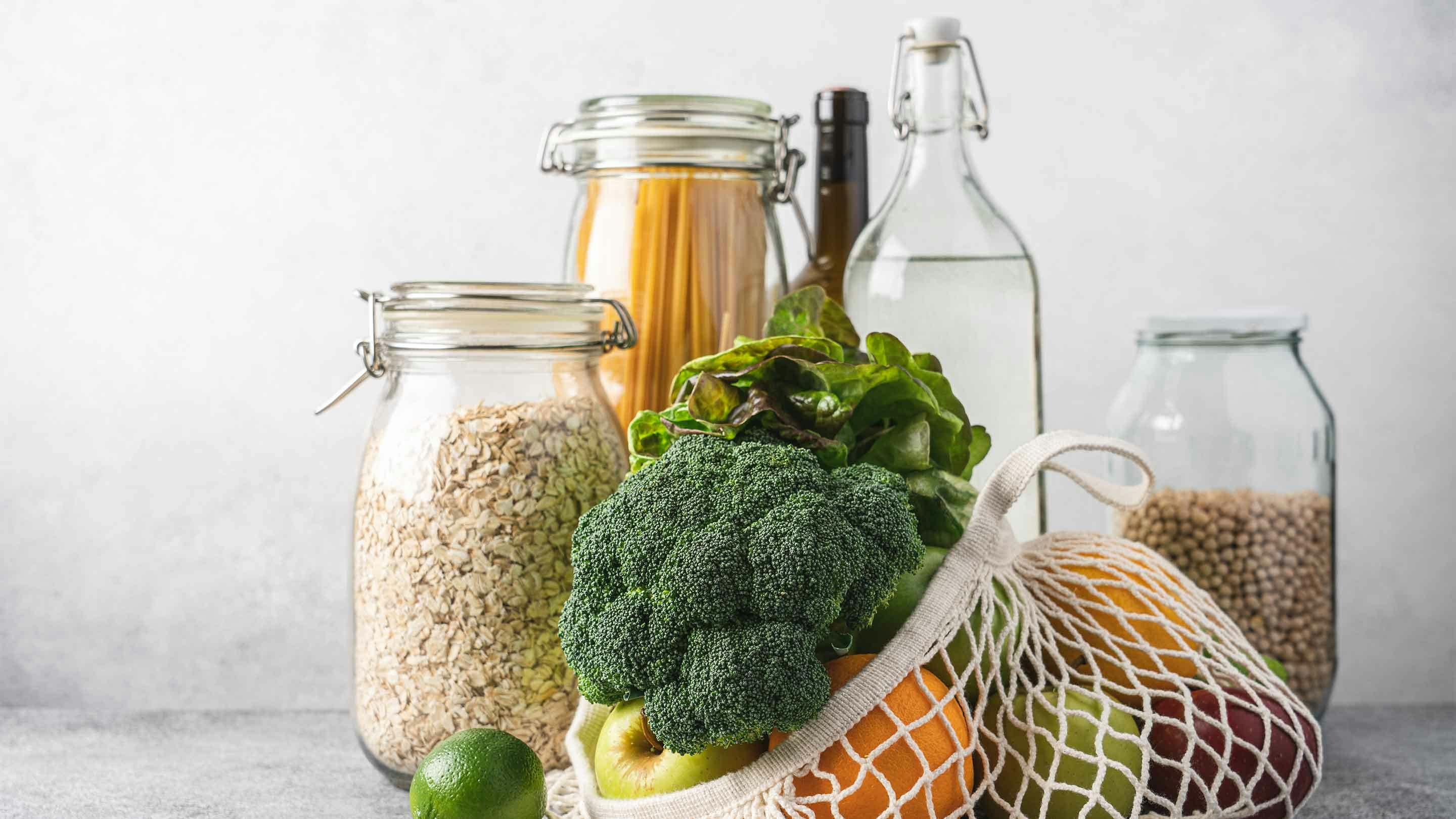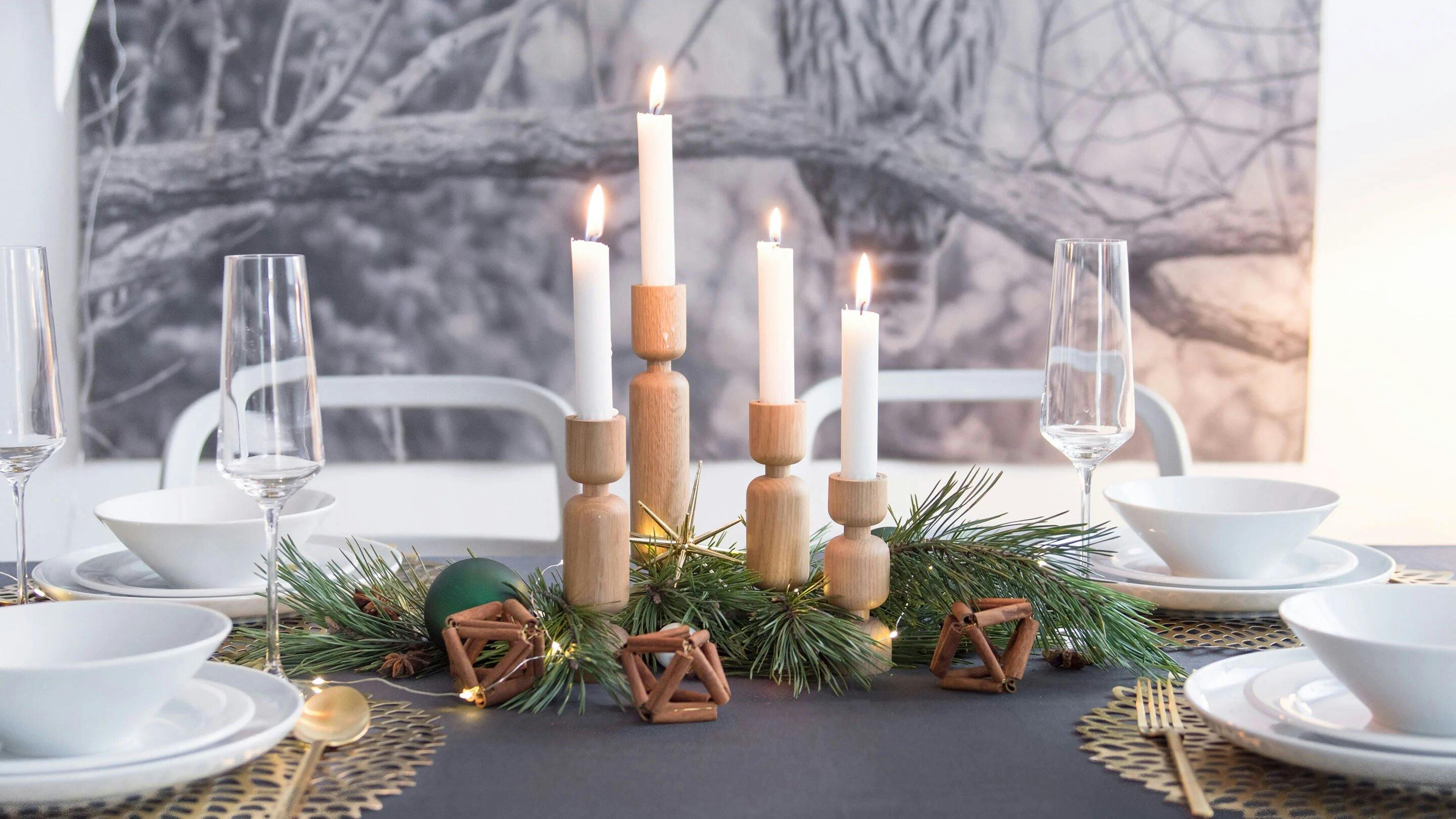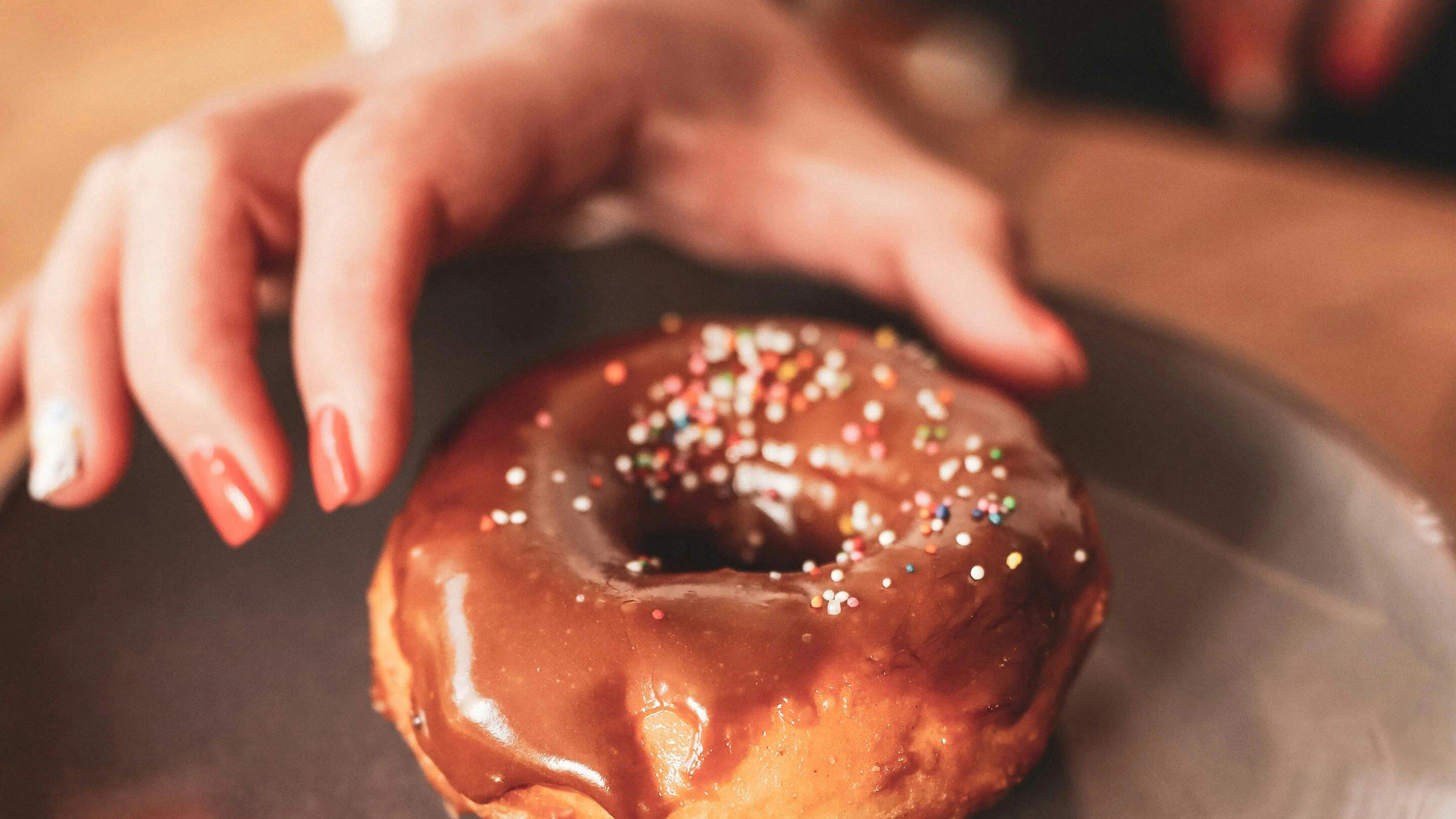Between midnight mass and club night, between tradition and new beginnings: Christmas is no longer a fixed model. Everyone celebrates in their own way, and each form tells something about who we are.
Christmas is more than a date on the calendar. It reflects what matters to us – our lifestyle, our faith, our rituals, or our social bonds. Some find comfort in the familiar, others reinvent themselves. We’ve looked at the many ways the “festival of festivals” is being celebrated.
The Religious Celebration
The ringing of bells and the singing of “Silent Night, Holy Night” in church are the highlight of the season for many. Churches are fuller than usual, partly because even less religious people attend out of tradition. For those who lead a religious life, the original meaning stays central: the midnight mass, the nativity play, communal prayer, reading the Christmas story, lighting a candle for those who are no longer with us.
What we can learn from this group: Contemplation grounds us – whether motivated by religion or not. Slowing down at least once a year feels good.
Celebrating “as always”
One thing is clear: traditions provide security. The same schedule as last year, the familiar menu, the songs grandparents used to sing – traditional Christmas means knowing what’s coming. It can sometimes feel rigid, but it also creates a sense of belonging. A classic example is the “same‑old” feast—from sausages with potato salad to roast goose or a big raclette spread. Or the ritual of pulling out the same Christmas‑tree ornaments each year, even if they’re a little dusty. That’s the magic for many.
What we can learn from this group: It’s wonderful to look forward to things that once delighted us as children. Familiar elements connect generations.

Everything in a state of transition
Many are wondering: does it have to be exactly the same as 20 years ago? Younger generations are trying new paths – vegan holiday meals, sustainable gifts, or travelling instead of staying home. Christmas today can also be intentionally minimalist: instead of consumption, shared time; instead of excess, mindful pause. Some purposely reshape the holidays – digital detoxes, group hikes instead of piles of presents, gifting time rather than things. Others spend Christmas under palm trees to escape the big hustle.
What we can learn from this group: Change is good. Allowing change lets us discover new joys that keep the celebration alive.
The big party
Then there are those who make use of the season to properly let loose. Not churches and candles, but fun and music. For some, the holiday days are when they meet friends, dance, or finish a quick dinner on the 24th and head straight to a club. What’s taboo for one is a genuine outlet for another’s enjoyment. In urban areas, Christmas has become a fixed point for special events – a welcoming space for people who spend the holiday alone or who aren’t interested in lengthy traditional family gatherings.
What we can learn from this group: Wild celebration is also a form of self‑connection. There’s nothing wrong with feeling truly free once in a while.
Between all these worlds
The truth is: not many people fit exactly into a single box. Some attend mass and then go to a party. Others cling to traditions but tweak small details. Christmas is a kaleidoscope both in meaning and in the setting in which it’s celebrated – religious and secular, traditional and new, serious and carefree.
No matter how you celebrate, enjoyment should play a major part in every Christmas. That’s where Kotányi comes in, whether with raclette or one of the holiday menus from recent years.
Spice up the web! Share this article on...
Read more
Currently Viewing: 1 of











